Optimal Seasons for Deck Removals
Deck removals are most effectively scheduled during periods of mild weather, typically in spring or early fall. These seasons offer optimal conditions for safe and efficient removal, minimizing the risks associated with extreme temperatures or precipitation.
Spring provides moderate temperatures and dry conditions, making it ideal for deck removal projects. It allows for better access and reduces delays caused by weather disruptions.
Early fall offers similar advantages, with cooler temperatures and less humidity, which can help in completing the removal process efficiently before winter.
Winter can pose challenges due to snow, ice, and freezing temperatures, while summer heat can cause safety concerns and material warping during removal.
Choosing a period with forecasted stable weather ensures safety and reduces the likelihood of project delays or complications.

Ways to make Deck Removals work in tight or awkward layouts.
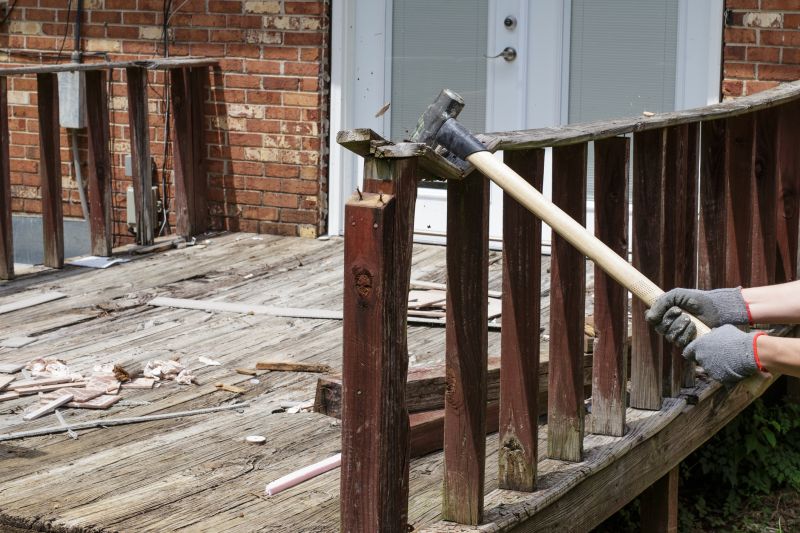
Popular materials for Deck Removals and why they hold up over time.
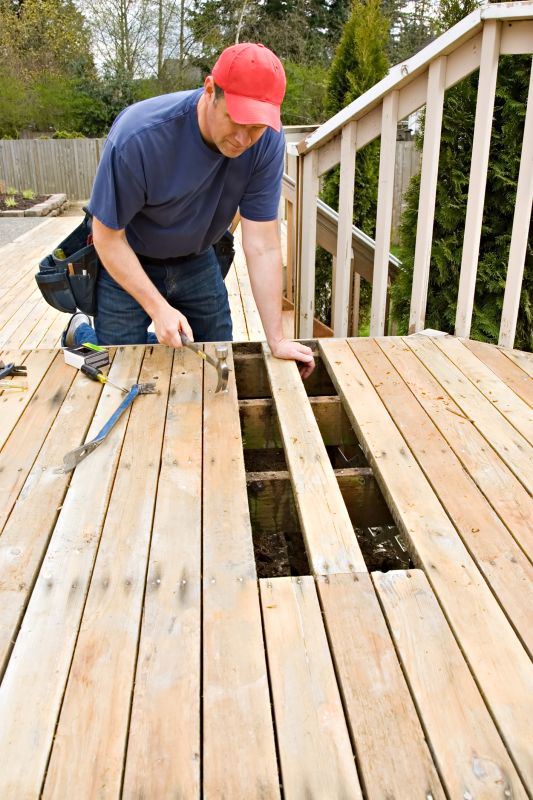
Simple add-ons that improve Deck Removals without blowing the budget.
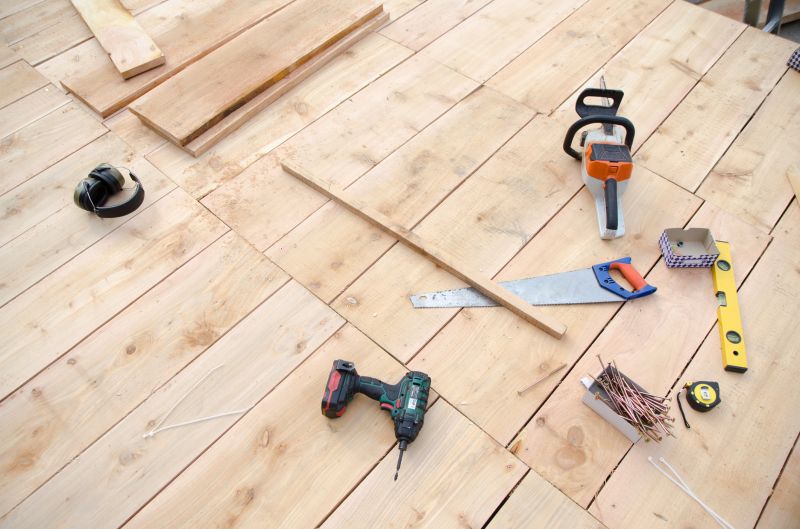
High-end options that actually feel worth it for Deck Removals.

Finishes and colors that play nicely with Deck Removals.
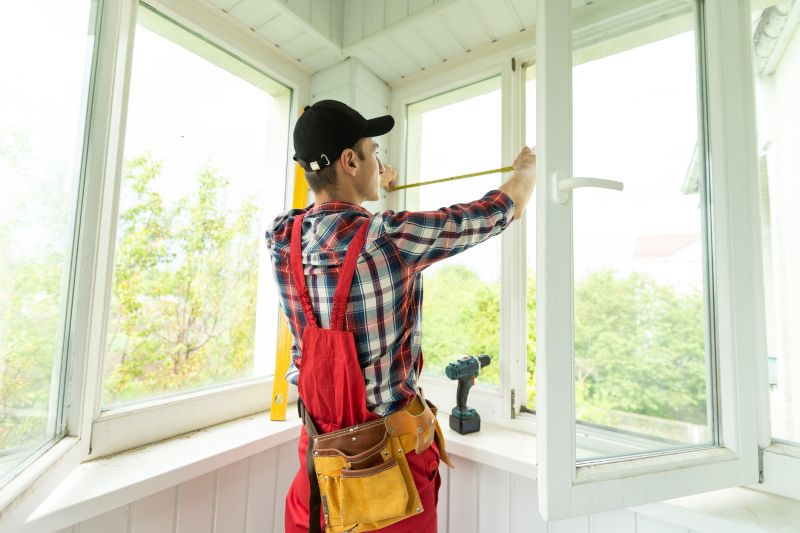
Little measurements that prevent headaches on Deck Removals day.
Deck removals involve the systematic dismantling of existing decks, often to prepare for replacement or renovation. Proper timing ensures safety, reduces damage to surrounding structures, and facilitates efficient disposal of materials. Historically, scheduling during favorable weather conditions has resulted in faster completion times and fewer complications.
Statistics indicate that projects undertaken in spring and early fall experience fewer weather-related delays, with completion rates increasing by up to 30%. Additionally, moderate temperatures help prevent safety hazards such as slips or equipment overheating, contributing to smoother operations.
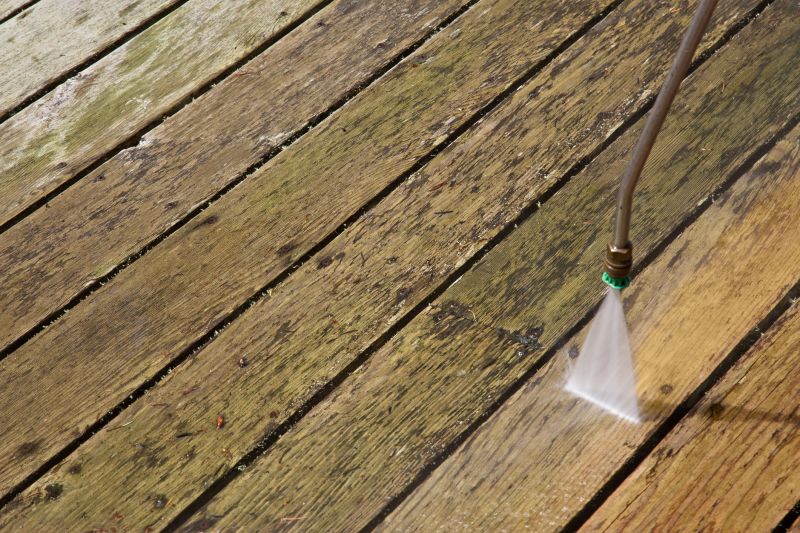
A 60-second routine that keeps Deck Removals looking new.
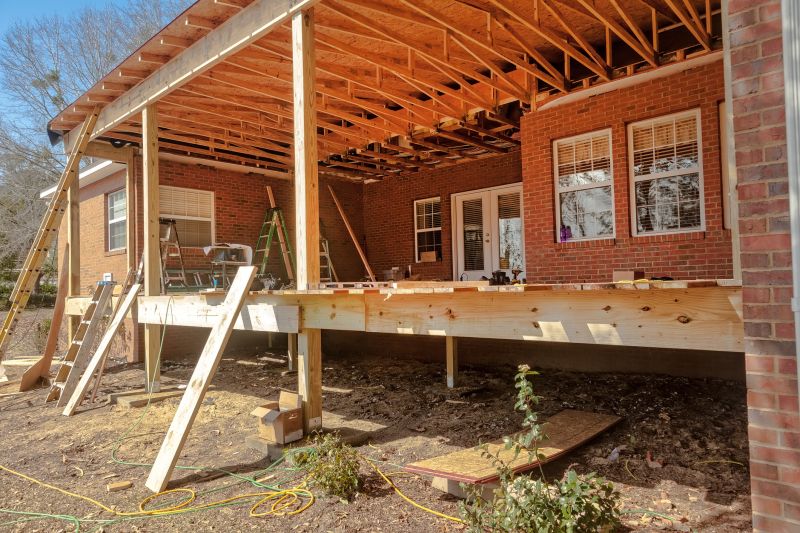
A frequent mistake in Deck Removals and how to dodge it.
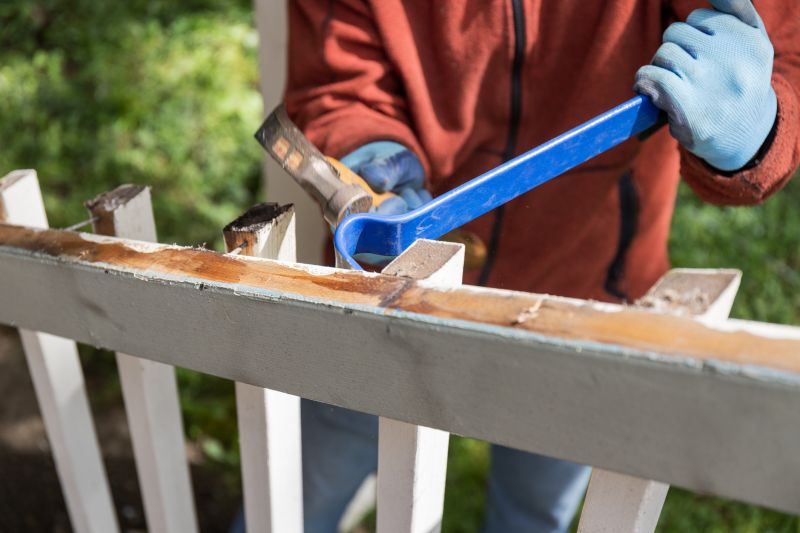
Small tweaks to make Deck Removals safer and easier to use.
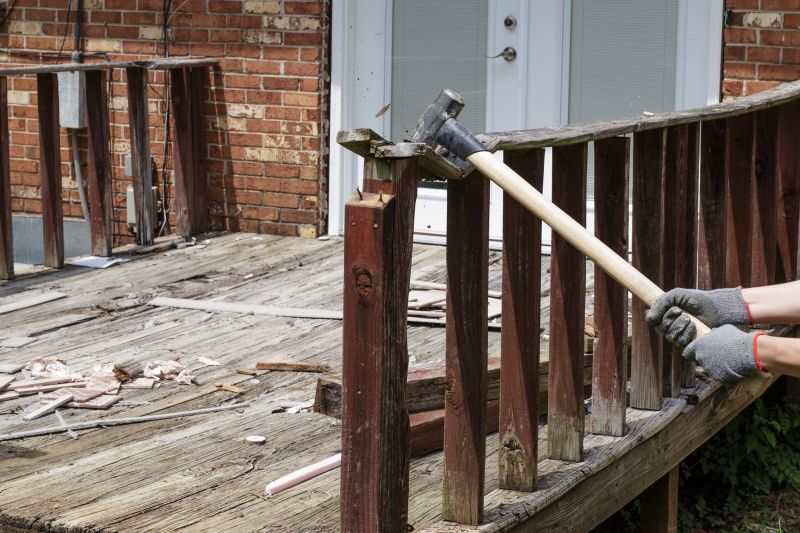
Lower-waste or water-saving choices for Deck Removals.
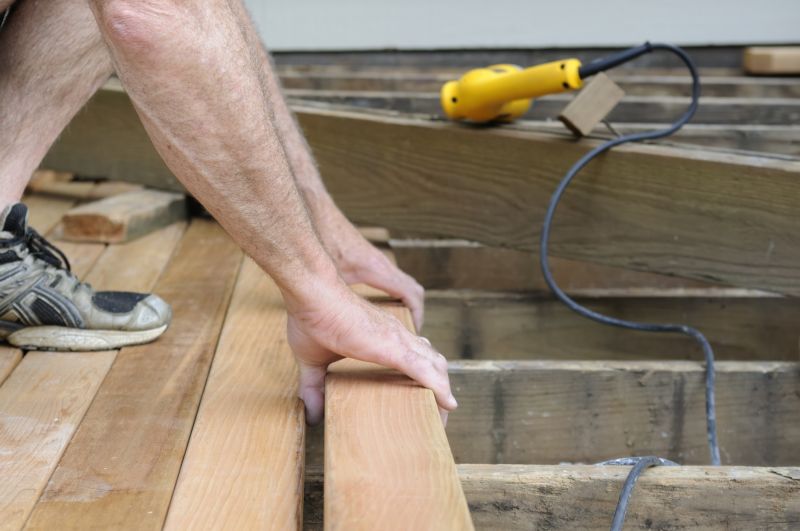
The short, realistic tool list for quality Deck Removals.

Rough timing from prep to clean-up for Deck Removals.
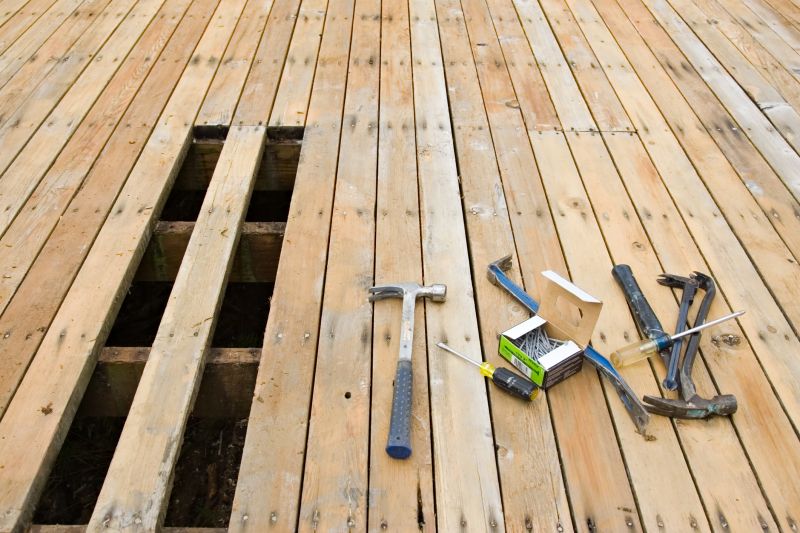
Quick checks and paperwork to keep after Deck Removals.
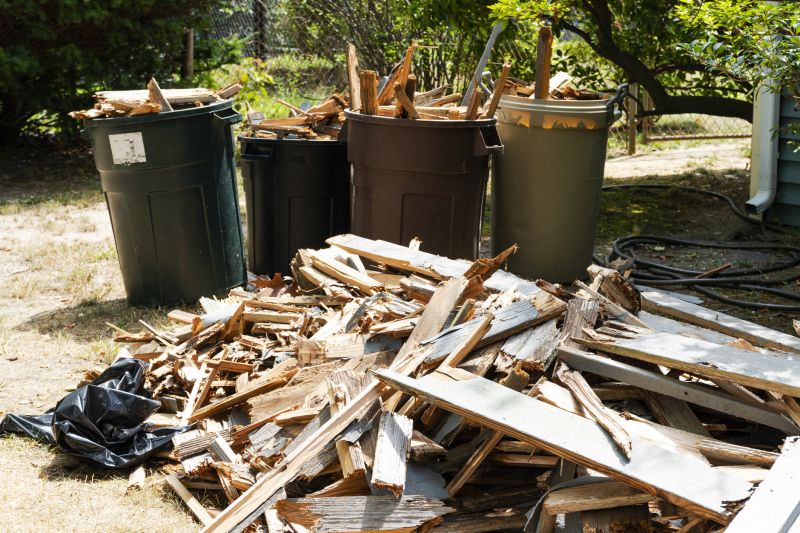
Examples that show the impact a good Deck Removals can make.
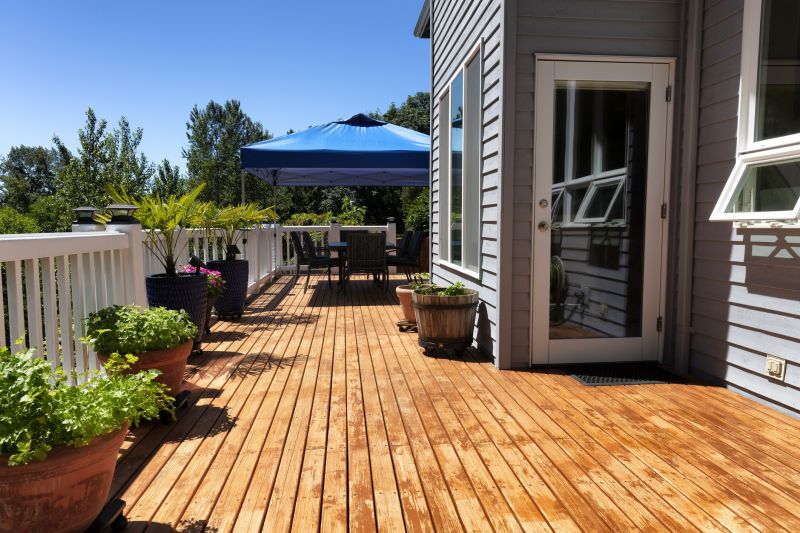
Ways to make Deck Removals work in tight or awkward layouts.

Ways to make Deck Removals work in tight or awkward layouts.
| Season | Advantages |
|---|---|
| Spring | Optimal weather, moderate temperatures, less humidity |
| Early Fall | Cooler temperatures, less rain, fewer delays |
| Winter | High risk of snow, ice, and cold-related hazards |
| Summer | Extreme heat can cause safety issues and material warping |
| Rainy periods | Delays and safety concerns due to wet conditions |
Choosing the right time for deck removal is crucial for efficiency, safety, and cost-effectiveness. Proper planning around seasonal weather patterns minimizes disruptions and enhances project outcomes. Consulting local climate data can assist in identifying the most suitable windows for undertaking deck removal projects.
Interested in scheduling a deck removal? Filling out the contact form can help determine the best timing based on local weather conditions and project scope.



